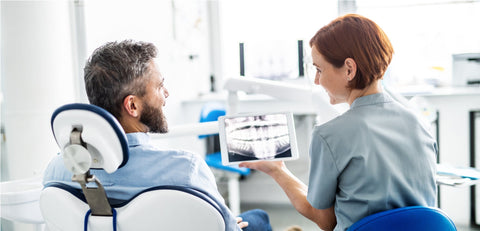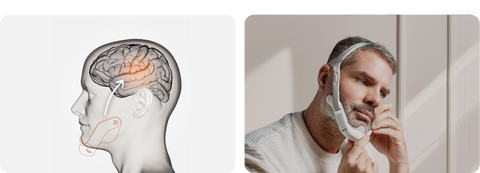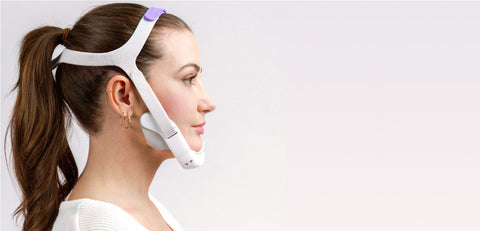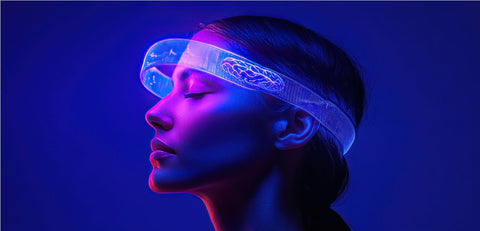Bruxism, defined as the involuntary grinding or clenching of teeth, is a multifactorial disorder that can lead to jaw pain, headaches, sleep disturbances, and premature tooth wear. For optimal management, it is essential to consult the appropriate healthcare professionals. This article guides you through the different specialties involved in the treatment of bruxism and introduces Bruxless , an innovative solution currently under development.
Understanding bruxism: a multidisciplinary approach
Bruxism can occur during sleep (nocturnal bruxism) or while awake (daytime bruxism). Its causes are varied: stress, sleep disorders, dental malocclusion, or even neurological factors. Thus, a multidisciplinary approach is often necessary for comprehensive treatment.
Professionals to consult
1. The dentist: first line of defense
The dentist is often the first professional consulted. He can:
- Assess tooth wear and sensitivity.
- Prescribe occlusal splints to protect teeth while sleeping.
Correct malocclusions if necessary.
2. The psychologist or psychiatrist: management of stress and associated disorders
Stress and anxiety are major triggers of bruxism. A mental health professional can:
- Offer cognitive behavioral therapies.
- Teach relaxation and stress management techniques.
- Treat underlying disorders such as depression or generalized anxiety.
A study published in the Journal of Oral Rehabilitation highlights the effectiveness of psychological interventions in reducing the symptoms of bruxism.
3. The physiotherapist: muscular and postural rehabilitation
Specialized physiotherapists (physiotherapists, osteopaths, etc.) can help with:
- Relax the masticatory muscles through massages and specific exercises.
- Correct postural imbalances contributing to bruxism.
- Use techniques such as manual therapy or electrical stimulation.
A study comparing physiotherapy interventions with dental treatments showed significant improvements in pain and sleep quality in patients with bruxism. ( PMC )
4. The sleep specialist: assessment of sleep disorders
Nocturnal bruxism may be associated with sleep disorders such as obstructive sleep apnea. A sleep specialist can:
- Prescribe polysomnography to assess sleep disturbances.
- Offer appropriate treatments, such as continuous positive airway pressure (CPAP) devices for sleep apnea.
Bruxless: the revolutionary solution
Bruxless is a device designed to provide an effective, non-invasive solution to bruxism. Using high-precision sensors, Bruxless detects contractions of the masseter muscles and triggers appropriate proprioceptive stimulation. These stimulations induce an unconscious reflex to relax the jaw muscles, thereby reducing episodes of nocturnal bruxism.
The advantages of Bruxless
- Proven effectiveness : Studies have demonstrated a significant long-term reduction in bruxism symptoms in Bruxless users.
- Non-invasive : Unlike occlusal splints or botulinum toxin injections, Bruxless offers a solution without invasive intervention.
-
Ease of use : Designed for use while sleeping, the device is ergonomic and simple to use.
- Safety : Bruxless works without Wi-Fi or Bluetooth during use, guaranteeing wave-free use while sleeping.
Conclusion
Bruxism is a complex disorder that requires a multidisciplinary approach for effective management. Consulting the appropriate healthcare professionals—dentists, psychologists, physiotherapists, and sleep specialists—helps address the various facets of this disorder. Furthermore, innovative solutions like Bruxless offer new perspectives for improving the quality of life of people with bruxism.
References:
- StatPearls - NCBI Bookshelf. Bruxism Management. ( CNIB )
- PMC. Effectiveness of two physical therapy interventions, relative to dental treatment, in individuals with bruxism. ( PMC )








